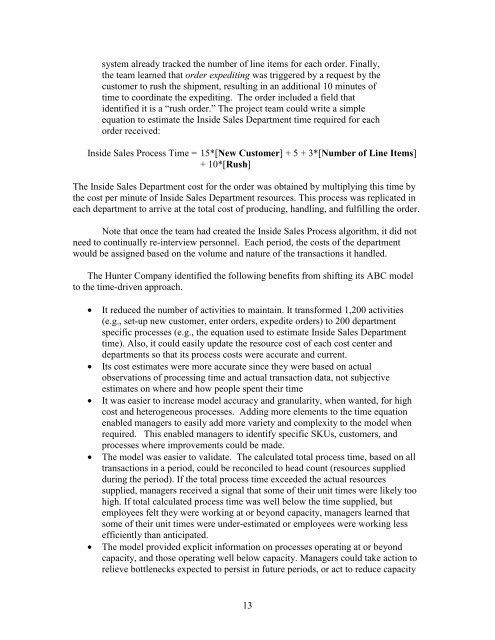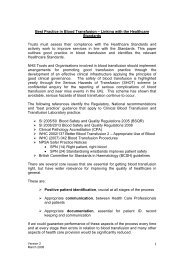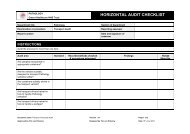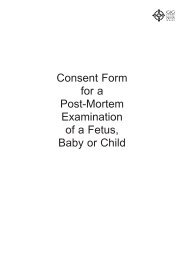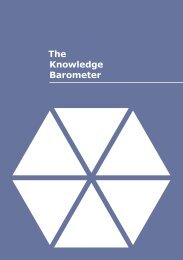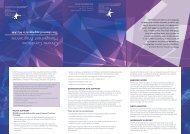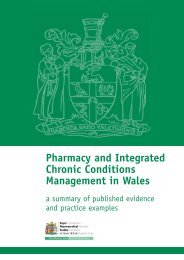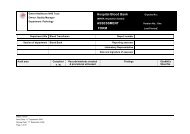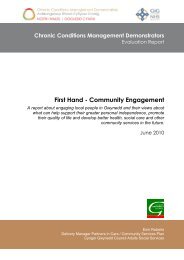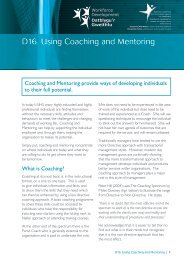Time-Driven Activity-Based Costing
Time-Driven Activity-Based Costing
Time-Driven Activity-Based Costing
Create successful ePaper yourself
Turn your PDF publications into a flip-book with our unique Google optimized e-Paper software.
system already tracked the number of line items for each order. Finally,the team learned that order expediting was triggered by a request by thecustomer to rush the shipment, resulting in an additional 10 minutes oftime to coordinate the expediting. The order included a field thatidentified it is a “rush order.” The project team could write a simpleequation to estimate the Inside Sales Department time required for eachorder received:Inside Sales Process <strong>Time</strong> = 15*[New Customer] + 5 + 3*[Number of Line Items]+ 10*[Rush]The Inside Sales Department cost for the order was obtained by multiplying this time bythe cost per minute of Inside Sales Department resources. This process was replicated ineach department to arrive at the total cost of producing, handling, and fulfilling the order.Note that once the team had created the Inside Sales Process algorithm, it did notneed to continually re-interview personnel. Each period, the costs of the departmentwould be assigned based on the volume and nature of the transactions it handled.The Hunter Company identified the following benefits from shifting its ABC modelto the time-driven approach.• It reduced the number of activities to maintain. It transformed 1,200 activities(e.g., set-up new customer, enter orders, expedite orders) to 200 departmentspecific processes (e.g., the equation used to estimate Inside Sales Departmenttime). Also, it could easily update the resource cost of each cost center anddepartments so that its process costs were accurate and current.• Its cost estimates were more accurate since they were based on actualobservations of processing time and actual transaction data, not subjectiveestimates on where and how people spent their time• It was easier to increase model accuracy and granularity, when wanted, for highcost and heterogeneous processes. Adding more elements to the time equationenabled managers to easily add more variety and complexity to the model whenrequired. This enabled managers to identify specific SKUs, customers, andprocesses where improvements could be made.• The model was easier to validate. The calculated total process time, based on alltransactions in a period, could be reconciled to head count (resources suppliedduring the period). If the total process time exceeded the actual resourcessupplied, managers received a signal that some of their unit times were likely toohigh. If total calculated process time was well below the time supplied, butemployees felt they were working at or beyond capacity, managers learned thatsome of their unit times were under-estimated or employees were working lessefficiently than anticipated.• The model provided explicit information on processes operating at or beyondcapacity, and those operating well below capacity. Managers could take action torelieve bottlenecks expected to persist in future periods, or act to reduce capacity13


